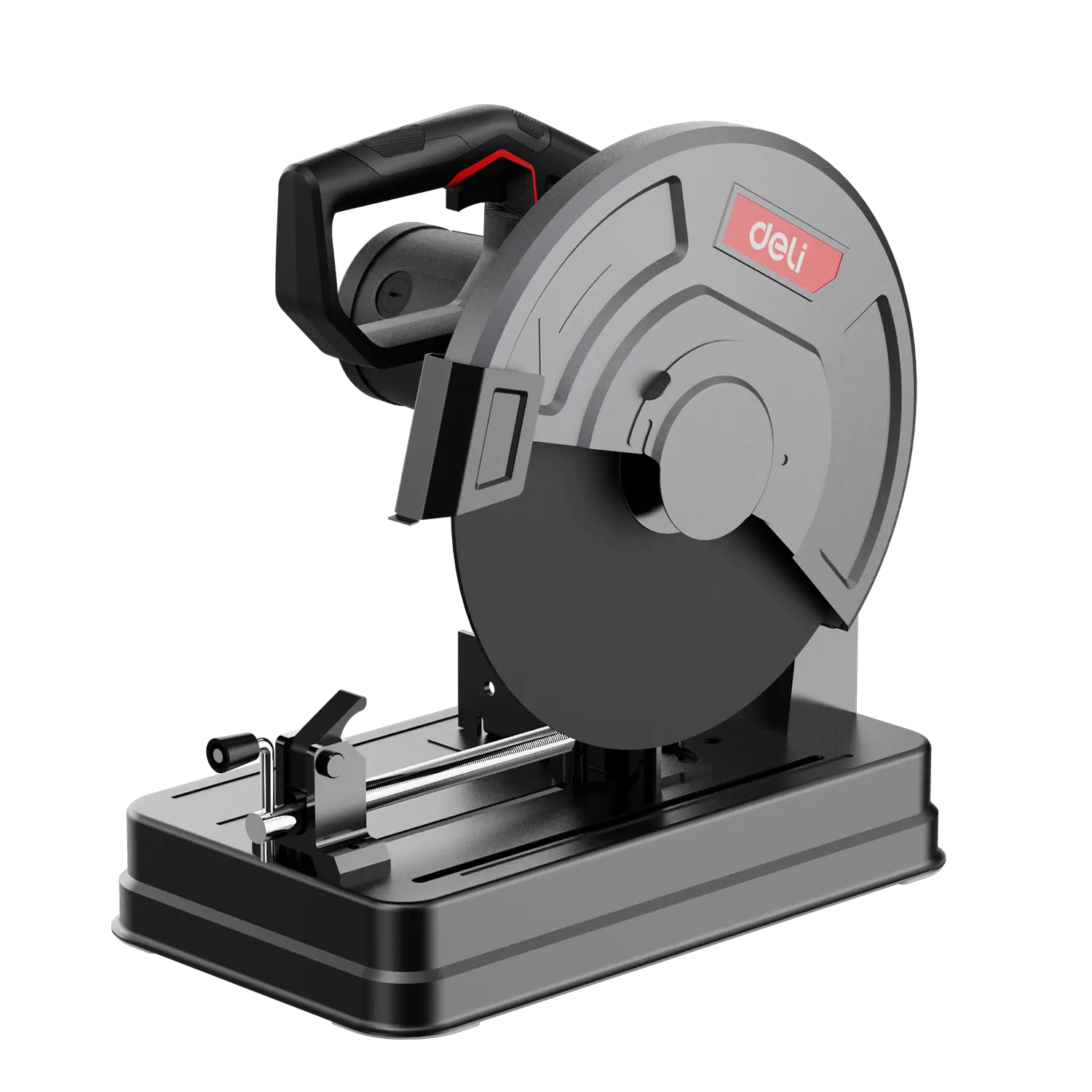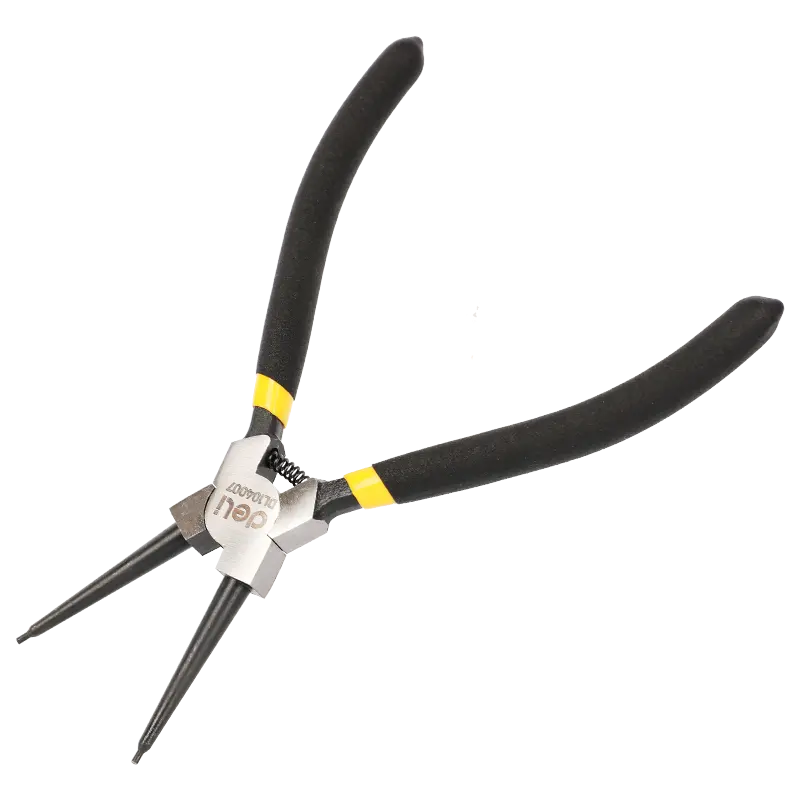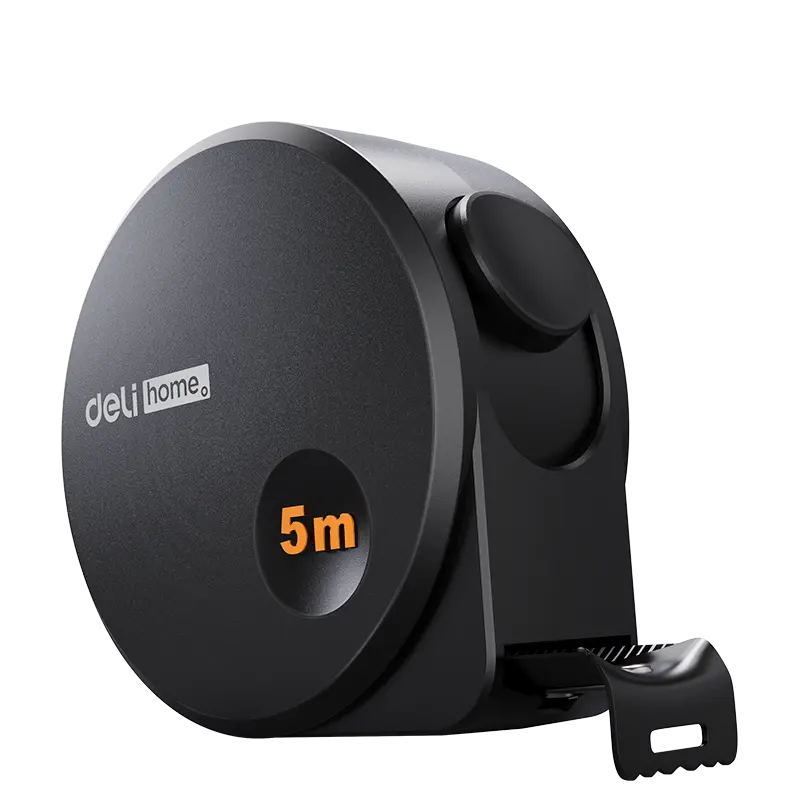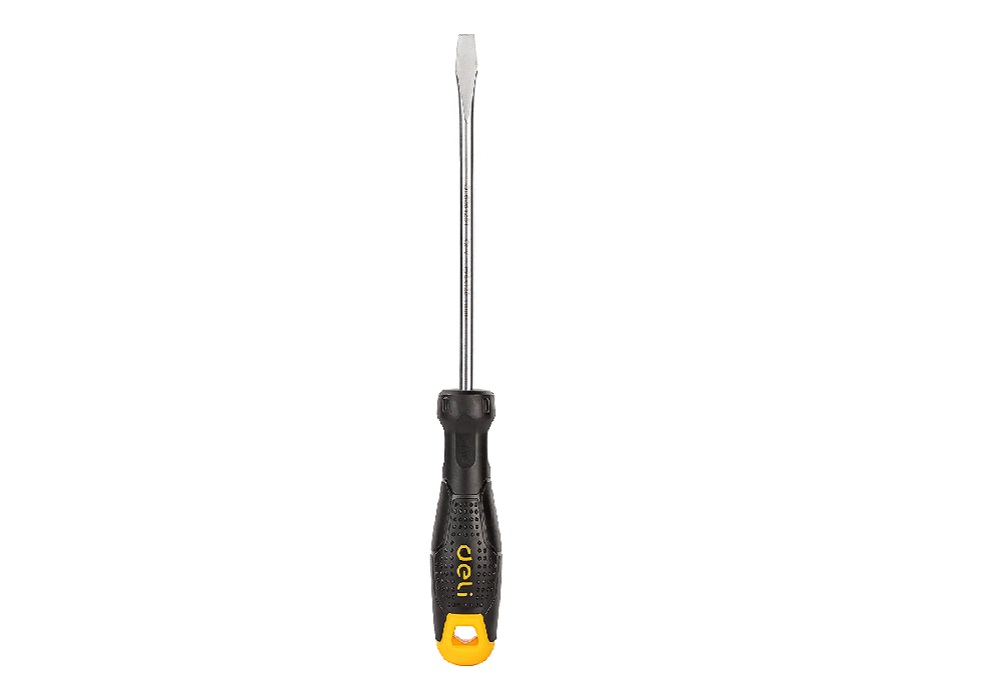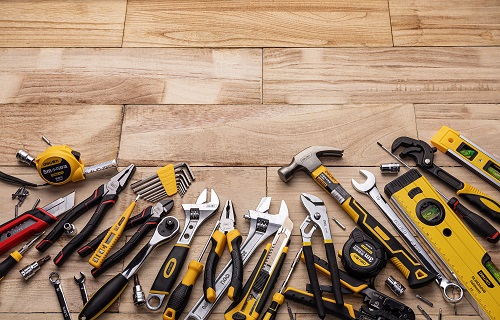Electronic and electrical tools have become an integral part of our everyday lives. From smartphones and laptops to power tools and kitchen appliances, these tools play a crucial role in making our lives easier and more convenient. However, when it comes to storing these tools, many people are unsure about the correct way to do so. In this article, we will explore the importance of understanding electronic and electrical tools and delve into the correct way to store them. Additionally, we will discuss best practices for storing these tools to ensure their longevity and optimal performance. By following these guidelines, you can ensure that your Electronic and electrical tools remain in excellent condition and are always ready for use.
Understanding Electronic and Electrical Tools
Electronic and electrical tools play a crucial role in our daily lives, as they assist us in various tasks and simplify our work. These tools are designed to handle different types of electrical and electronic tasks, making them essential for professionals and homeowners alike.
One of the most common electronic tools is a multimeter. This versatile device measures voltage, current, and resistance, allowing electricians and technicians to troubleshoot electrical problems effectively. With a multimeter, one can determine if a circuit is functioning properly or identify faulty components. It is an indispensable tool for anyone working with electrical systems.
Another important electronic tool is the oscilloscope. This device enables users to visualize and analyze electrical signals over time. It helps in diagnosing problems in electronic circuits by displaying waveforms and allowing technicians to measure voltage levels accurately. An oscilloscope is widely used in fields such as telecommunications, engineering, and research and development.
When it comes to electrical tools, a wire stripper is a handy tool for electricians. It is used to remove the insulation from electrical wires without damaging the conductor. With adjustable cutting blades, a wire stripper ensures clean and precise cuts, ensuring a secure connection when joining wires. This tool saves time and effort, making it a must-have for professionals working with electrical wiring.
Another essential electrical tool is the circuit breaker finder. This device helps locate specific circuit breakers in electrical panels, making it easier to identify and work on individual circuits. By using a transmitter and receiver, electricians can trace the electrical wiring and quickly locate the corresponding circuit breaker. This tool enhances safety by preventing accidental contact with live wires during maintenance or repairs.
The Correct Way to Store Electronic and Electrical Tools
Storing electronic and electrical tools correctly is crucial to ensure their longevity and optimal performance. Whether you are a professional technician or a DIY enthusiast, following the right storage practices can save you time, money, and frustration. Here are some guidelines to help you store your electronic and electrical tools properly.
Firstly, it is important to keep your tools in a clean and dry environment. Excessive moisture can damage the sensitive components of electronic tools, leading to malfunctions or even complete failure. Therefore, it is advisable to store your tools in a climate-controlled area, away from areas prone to humidity or water leaks.
To protect your tools from dust and debris, consider using airtight containers or cases. These will not only keep your tools clean but also prevent any potential damage caused by external elements. Additionally, using foam inserts or dividers inside the containers can help organize and protect each tool individually, reducing the risk of scratches or accidental damage.
Another crucial aspect of storing electronic and electrical tools is proper cable management. Tangled cables can not only be frustrating to untangle but can also lead to damage or wear and tear. To avoid this, consider using cable organizers or wraps to keep all cables neat and organized. Labeling each cable can also make it easier to identify and locate the right one when needed.
Furthermore, it is essential to store batteries separately from the tools. Batteries, especially when left inside tools for extended periods, can leak and cause corrosion, damaging the tools' internal components. Storing batteries in a cool and dry place, preferably in a dedicated battery case, can prevent leakage and extend their lifespan.
Regular maintenance is also crucial for the longevity of your electronic and electrical tools. Before storing them, ensure that they are clean and free from any debris. Wipe them down with a dry cloth and, if necessary, use compressed air to remove any dust or particles from hard-to-reach areas. This will prevent any buildup that could potentially affect the tools' performance.
Best Practices for Storing Electronic and Electrical Tools
When it comes to storing electronic and electrical tools, following best practices is essential to ensure their longevity and functionality. Proper storage not only protects these valuable tools from damage but also helps maintain their performance over time. Here are some important guidelines to consider when storing electronic and electrical tools.
First and foremost, it is crucial to keep these tools in a clean and dry environment. Excessive moisture can lead to corrosion and damage to the delicate components inside the tools. Therefore, it is advisable to store them in a cool and dry place, away from any potential sources of water or humidity.
Another key aspect of proper tool storage is providing adequate protection against dust and debris. Dust particles can accumulate on the tools and impact their performance over time. To prevent this, consider storing them in airtight containers or using protective covers. This will help maintain the tools' cleanliness and ensure they are ready for use whenever needed.
Furthermore, organizing the tools in a systematic manner can save time and effort in the long run. Implementing a labeling system or using toolboxes with compartments can help keep everything in order. When tools are properly organized, it becomes easier to find the required tool quickly, reducing downtime and improving efficiency.
In addition to physical storage practices, it is also important to consider the power source of these tools. If they have removable batteries, it is recommended to store them separately in a cool and dry place. This helps preserve the battery life and avoid any potential leakage that could damage the tools.
Regular maintenance is another crucial aspect of tool storage. It is essential to clean the electrical consumables after each use and inspect them for any signs of damage or wear. This proactive approach can help identify any issues early on and prevent further damage. Additionally, lubricating moving parts and tightening loose screws can extend the lifespan of the tools.
Lastly, it is essential to keep these tools out of reach of children or unauthorized individuals. Most electronic and electrical tools can be hazardous if mishandled or operated by untrained individuals. Storing them in a secure location or using locks can prevent any accidents or misuse.
The article emphasizes the importance of understanding electronic and electrical tools for those involved in electrical work from Deli Tools Global. It highlights essential tools such as multimeters, oscilloscopes, wire strippers, and circuit breaker finders. The article suggests that investing in quality tools is crucial for accurate measurements, troubleshooting, and maintaining the integrity of electrical systems.
Furthermore, the article emphasizes the significance of storing electronic and electrical tools correctly. It provides guidelines such as keeping tools in a clean and dry environment, using airtight containers or cases, managing cables properly, storing batteries separately, and performing regular maintenance. By following these practices, the article suggests that tools can be preserved and remain in excellent condition for years to come, avoiding unnecessary issues or costly repairs.
Additionally, the article highlights best practices for storing electronic and electrical tools. It recommends keeping them in a clean and dry environment, protecting them from dust and debris, organizing them systematically, and performing regular maintenance. The article also advises considering the power source, keeping tools out of reach of unauthorized individuals, and prioritizing safety.

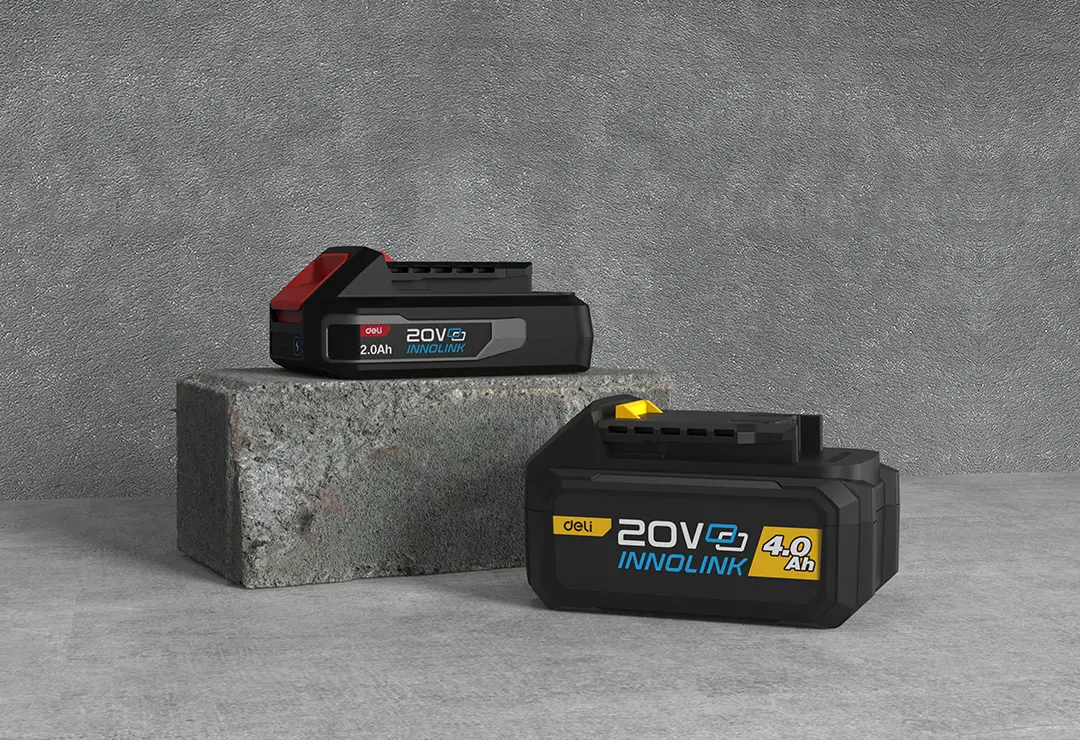
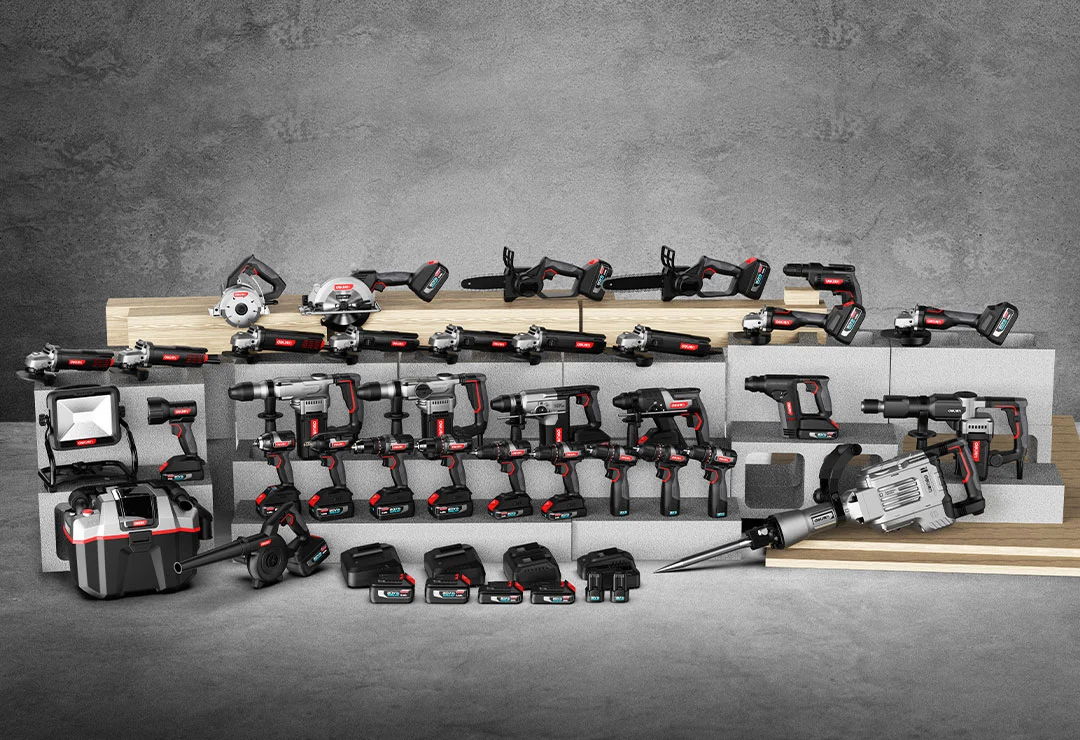
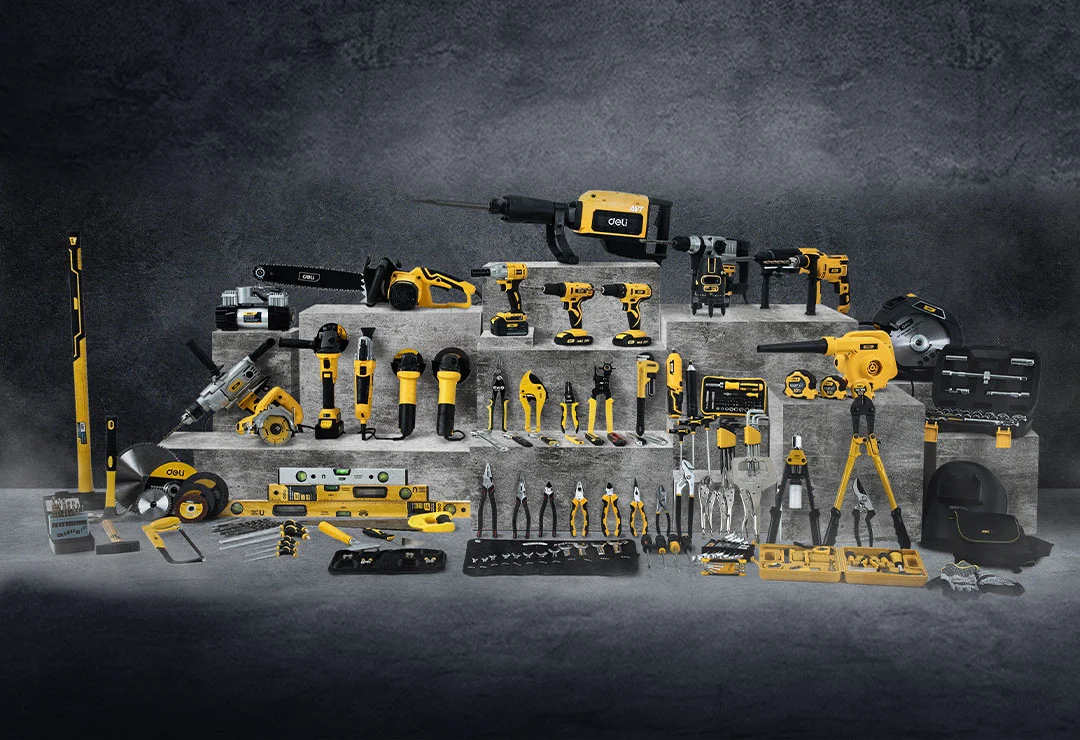
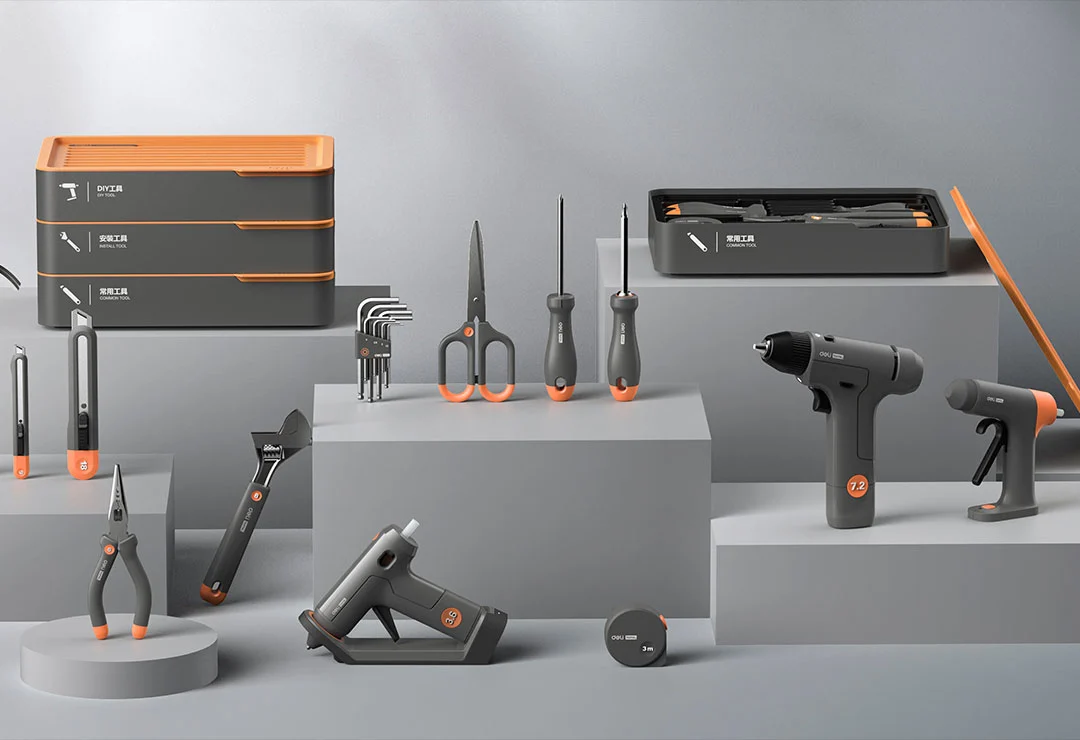
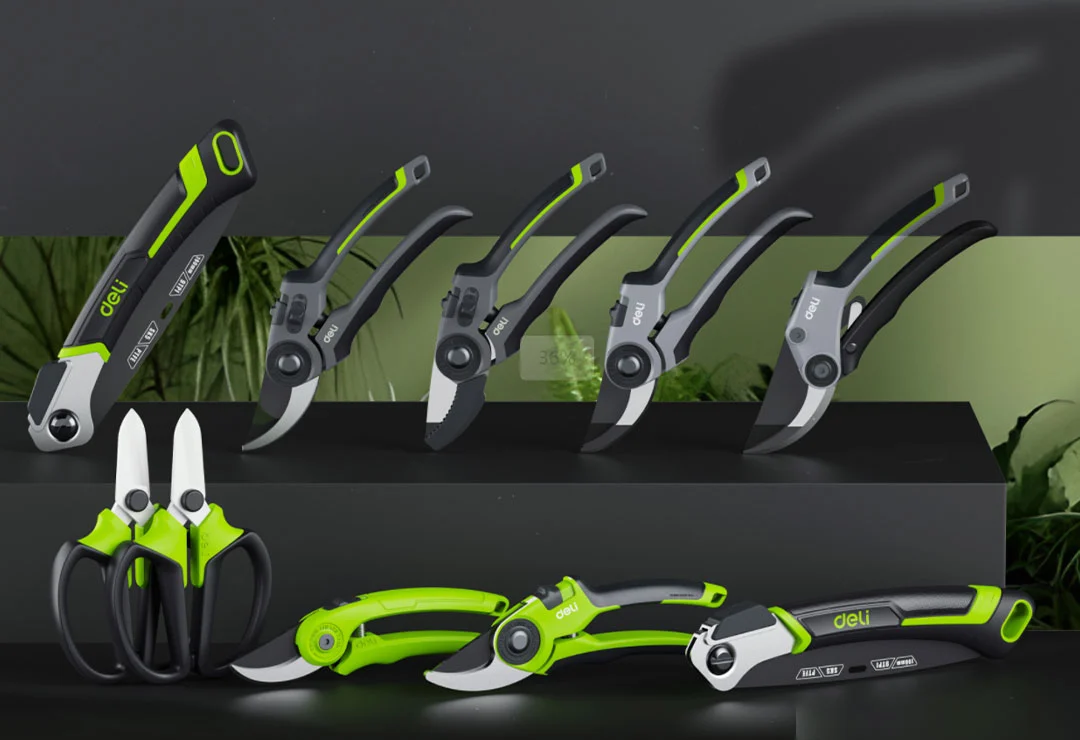
 EN
EN
 jp
jp  ko
ko  fr
fr  de
de  es
es  it
it  ru
ru  pt
pt  ar
ar  vi
vi  th
th  hi
hi  pl
pl  id
id  el
el 